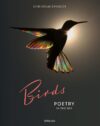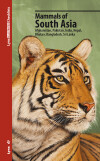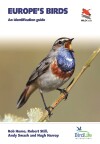New Book: Birds of Europe, North Africa, and the Middle East: A Photographic Guide
April 14, 2017 | Comments (0)
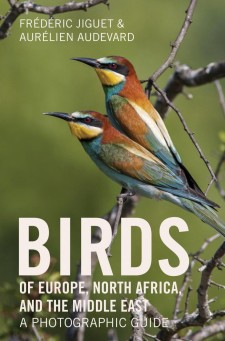 Birds of Europe, North Africa, and the Middle East: A Photographic Guide
Birds of Europe, North Africa, and the Middle East: A Photographic Guide
by Frédéric Jiguet and Aurélien Audevard
From Princeton University Press:
Birds of Europe, North Africa, and the Middle East is the first comprehensive pocket-sized photographic field guide to every bird species in Europe–this includes winter visitors and common migrants but also all rarities to the region, even if they have been recorded only once. The guide also covers hypothetical species–those that have a good chance of being recorded due to such factors as range expansion and changing weather patterns.
The book’s 2,200 stunning color photographs mean that every species is pictured, making field identification quick and easy. Succinct text covers key identification features, voice, habitat, and distribution, and distribution maps are provided for regular breeding species. Particular attention and details are given to help differentiate similar-looking species.
Lavishly illustrated, up-to-date, and wide-ranging, Birds of Europe, North Africa, and the Middle East is an essential field guide for every naturalist and birder.
- First comprehensive field guide to all species recorded in Europe: resident, winter visitor, common migrant, and rarity
- 860 species covered using 2,200 photographs
- Includes every species from North Africa and the Middle East to have occurred in Europe
This compact field guide looks like it would make a good companion to the Collins Bird Guide, or even serve as a primary guide if necessary.
Birds of Europe, North Africa, and the Middle East: A Photographic Guide
by Frédéric Jiguet and Aurélien Audevard
Paperback; 448 pages
Princeton University Press; March 21, 2017
ISBN: 9780691172439
$29.95


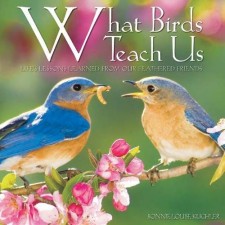 What Birds Teach Us: Life’s Lessons Learned from Our Feathered Friends
What Birds Teach Us: Life’s Lessons Learned from Our Feathered Friends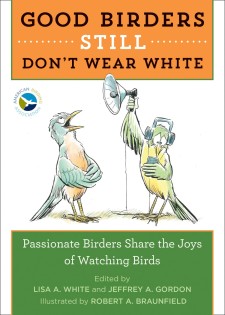 Good Birders Still Don’t Wear White
Good Birders Still Don’t Wear White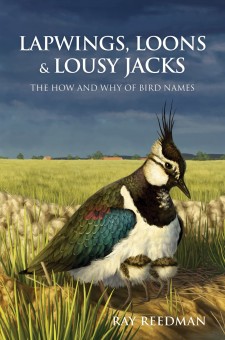 Lapwings, Loons and Lousy Jacks: The How and Why of Bird Names
Lapwings, Loons and Lousy Jacks: The How and Why of Bird Names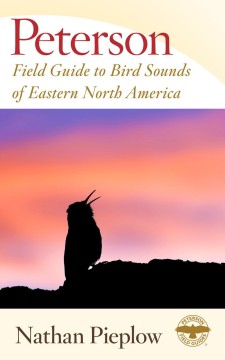 Peterson Field Guide to Bird Sounds of Eastern North America
Peterson Field Guide to Bird Sounds of Eastern North America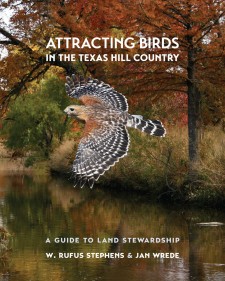 Attracting Birds in the Texas Hill Country: A Guide to Land Stewardship
Attracting Birds in the Texas Hill Country: A Guide to Land Stewardship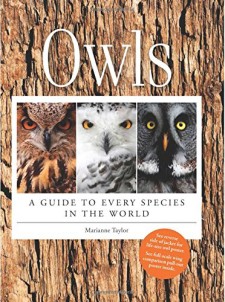 Owls: A Guide to Every Species in the World
Owls: A Guide to Every Species in the World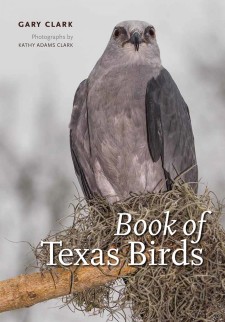 Book of Texas Birds
Book of Texas Birds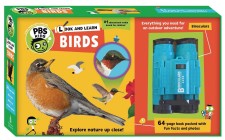 Look and Learn Birds / Insects (PBS Kids)
Look and Learn Birds / Insects (PBS Kids)




